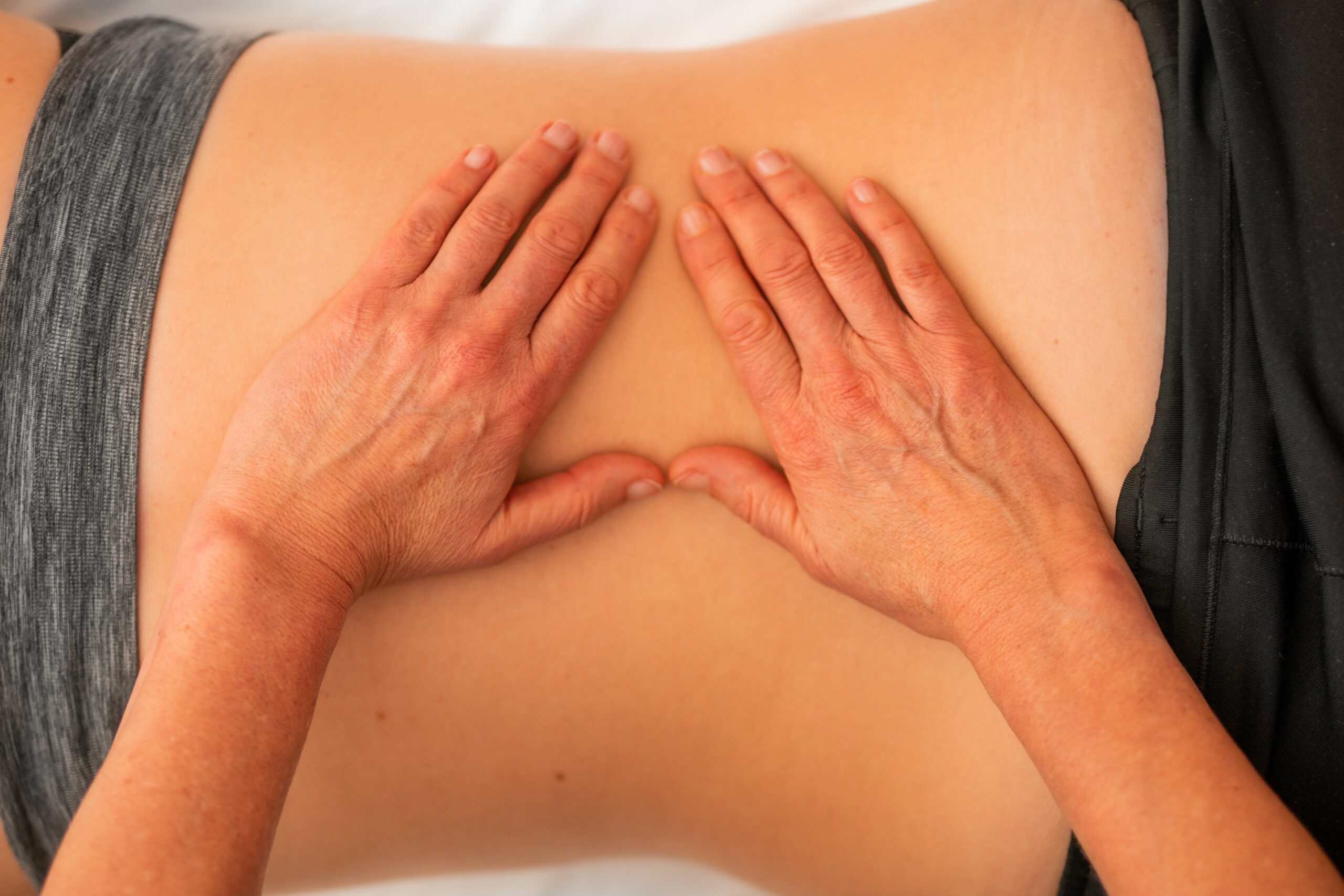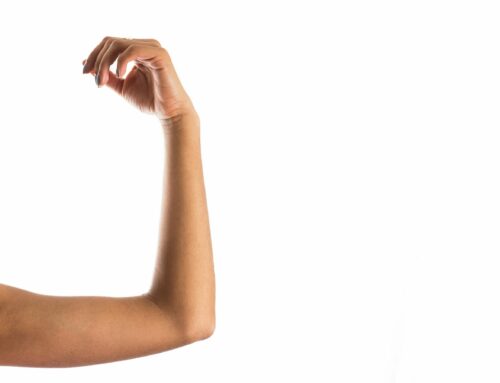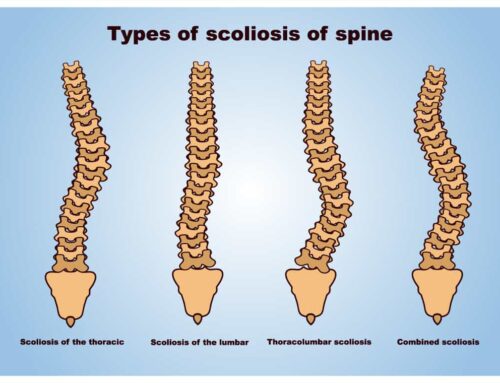Remedial Massage can be a great technique in the treatment of chronic pain. The main difference between a “normal” massage and a remedial massage is that the latter uses firm pressure and is specifically directed towards the area of concern. It’s not supposed to be a generalised , overall body massage. It’s targeted specifically towards those areas that are the most tight and stiff and aimed at improving function. Hence the term “remedial”.
But I must also say here that it doesn’t need to be excruciating in order to be effective. No point if you’re sore for the next 3 or 4 days after the remedial massage. It will only deter you from trying it again. You should only feel some muscle soreness, like you’ve done a good exercise session. If it’s any more than that, please talk to your therapist and let them know that they’ve probably gone too far with the pressure. Not everyone can read minds you see.

Remedial Massage boosts circulation in the affected area
One of the greatest effects of Remedial Massage is the increase in blood circulation in the affected area. Chronic pain in any part of your body can occur due to inflammation that has been gradually developing over time. This can really tighten up the muscles around the area and stiffen up the joints. Thereby leading to stagnation of blood flow and reduction in the body’s ability to clear out those inflammation causing toxins from the affected area. Ofcourse I’m really simplifying chronic pain here but there are a lot of other factors that can affect the pain levels. But the inability of the body to eliminate toxins from the affected area is definitely one of them. Remedial Massage helps to increase the circulation so these toxins can be eliminated and reduce pain. This is exactly why it can work really well combining it with Physiotherapy. While Physiotherapy works on improving joint function and strength, Remedial Massage can work on boosting circulation in the adjoining areas.
Remedial Massage reduces muscle spasm

Our muscles not only help our joints to move a certain way but also support the body parts during any activity. This is exactly what happens when you sit in a good or bad posture. It can be the right muscles supporting you or the wrong muscles coming into action because the right muscles are weak. I hope I’m making sense here. Basically our muscles are constantly active. Especially when there’s repeated stress to the body. Consider any prolonged activity like sitting or repeated lifting. The muscles are bound to get tight as we are not always conscious about the way we sit or lift things , are we? Well, Remedial Massage helps in ironing out those knots and relax the muscles again. This is excellent for chronic neck pain and back pain due to prolonged sitting. Muscles love deep pressure and nothing better than a firm remedial massage to get rid of muscle tightness.
Remedial massage combined with Physiotherapy is a great combination for treatment of pain

While Remedial Massage really only focuses on the muscles, Physiotherapy can help get to the root cause of pain whether it’s coming from a joint , muscle or nerve. Because Physiotherapy is more localised, remedial massage can actually be done around the adjoining areas and assist in treatment of pain. A lot of people think it’s one or the other but forget that these are different ways of treating your pain which when combined together can be a powerful treatment technique. As a physiotherapist I always recommend adding remedial massage as part of the treatment as well. Remedial massage can assist in improving joint mobility and give you more flexibility. As with anything, consistency is the key. No change happens overnight. It’s usually the combination of your perseverance and your therapist’s ability to identify the right issue to get you the best results.





